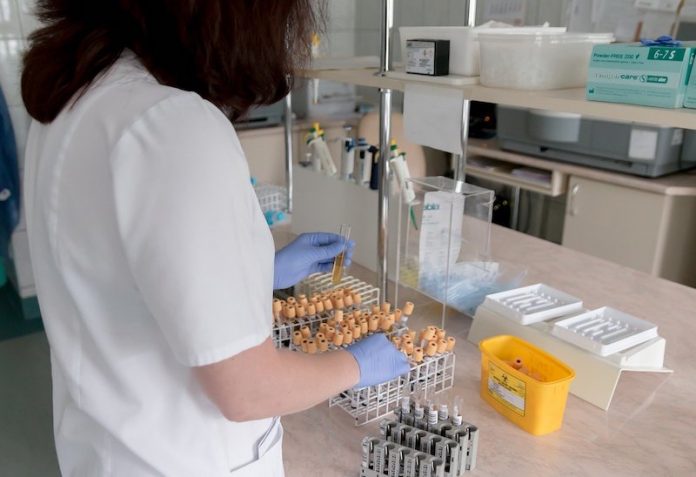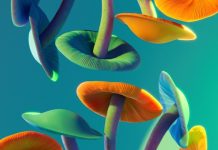
In a new study from Hudson Institute, researchers found a cell therapy could reduce the inflammatory response in liver disease.
Inflammation underpins hundreds of health conditions, contributing to more than 50% of deaths worldwide.
In the study, the team found that stem-like cells from the placenta have the potential to reduce the liver’s inflammatory response to non-alcoholic steatohepatitis (NASH), which is the most common liver disease globally.
While its prevalence is difficult to determine, recent estimates claim that 12% of the US population has NASH and it will be the leading cause of liver transplants in that country by 2025.
The team says that by modulating the inflammatory response there is the potential to limit damaging effects such as scarring of the liver, oxidative stress and cell death.
Currently, there are no treatment options for NASH to prevent the progression of liver disease, other than patient education and lifestyle changes. That means alternative options need to be explored.
The current research provides the first evidence that placental cells can control the liver’s own stem cell response in experimental NASH while reducing levels of oxidative stress response in the liver.
The team hopes the findings will lead to the development of effective therapies for liver disease.
The next research target is to understand the patients with liver disease who benefit from these treatments. The team will look at the types of liver injuries are most likely to benefit from placental cell therapy.
If you care about liver health, please read studies about simple habit that can give you a healthy liver, and drug that may help protect against liver damage, obesity.
For more information about liver health, please see recent studies about how do sugary beverages affect the liver, and results showing that time-restricted eating may protect your liver health, blood sugar.
The study is published in Stem Cell Research & Therapy. One author of the study is Associate Professor Rebecca Lim.
Copyright © 2021 Knowridge Science Report. All rights reserved.



